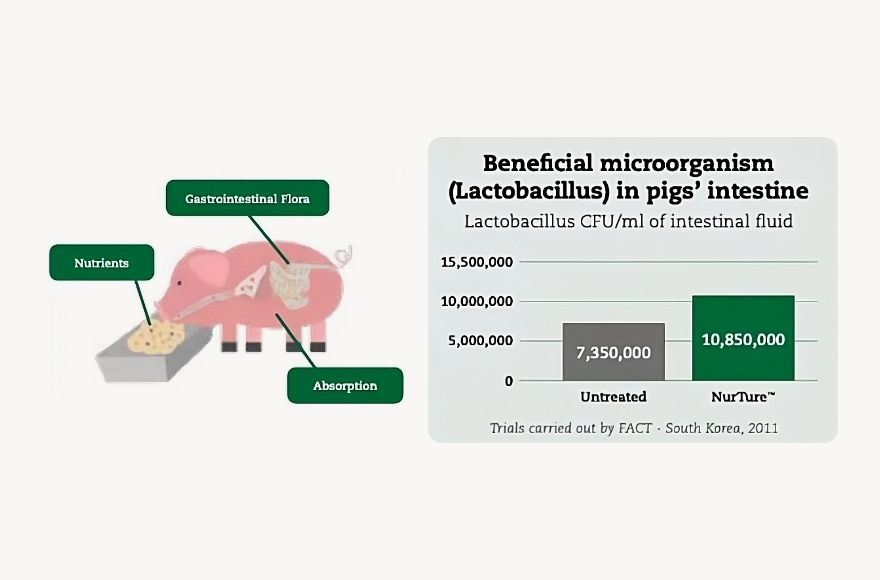September 25th 2020:
This week was D-day in terms of assessing how much fertiliser and how much nitrogen specifically was used in total for the year. Calculations are made easier with all fertiliser purchased through our local co-op, Barryroe and do not include the 5.5 acres of maize silage. We set a target of 140 units/acre total for the grazing and silage ground at the start of the year and hit it exactly despite a few small hiccups.

This represents a significant reduction of use from previous years and we are delighted with what we have achieved and the savings made. We have room for further improvement and will set a new target at the start of 2021.
Areas to save on further nitrogen inputs are on silage production where 36 units/acre of a combination of foliar and granular over the past few years proved to be as productive as 80 units of granular. We had two minor breakdowns with our Tow and Fert this year and Covid-19 impacted on getting spare parts quickly – we had to resort to using higher rates of granular in these cases but took the opportunity to apply protected urea with K to top up K levels on some paddocks.
We are also quite optimistic that the nitrogen fixing biological products we are currently trialling will allow us to reduce nitrogen fertiliser use further next year. This optimism is driven by the incredible improvements we have seen in our soil structure and soil health. I took out the shovel this week to dig some soil pits in fields and the pictures tell a thousand words – nice crumbly moist soil and an abundance of earthworms. Improved soil structure helps soil biology to do more of the work nature designed it to do – fix nitrogen from the air in the soil and the sky, release for grass the phosphorus, potassium and other nutrients locked up in the soil and store carbon in the soil in a form that is stable and will last for 100-1000 years.
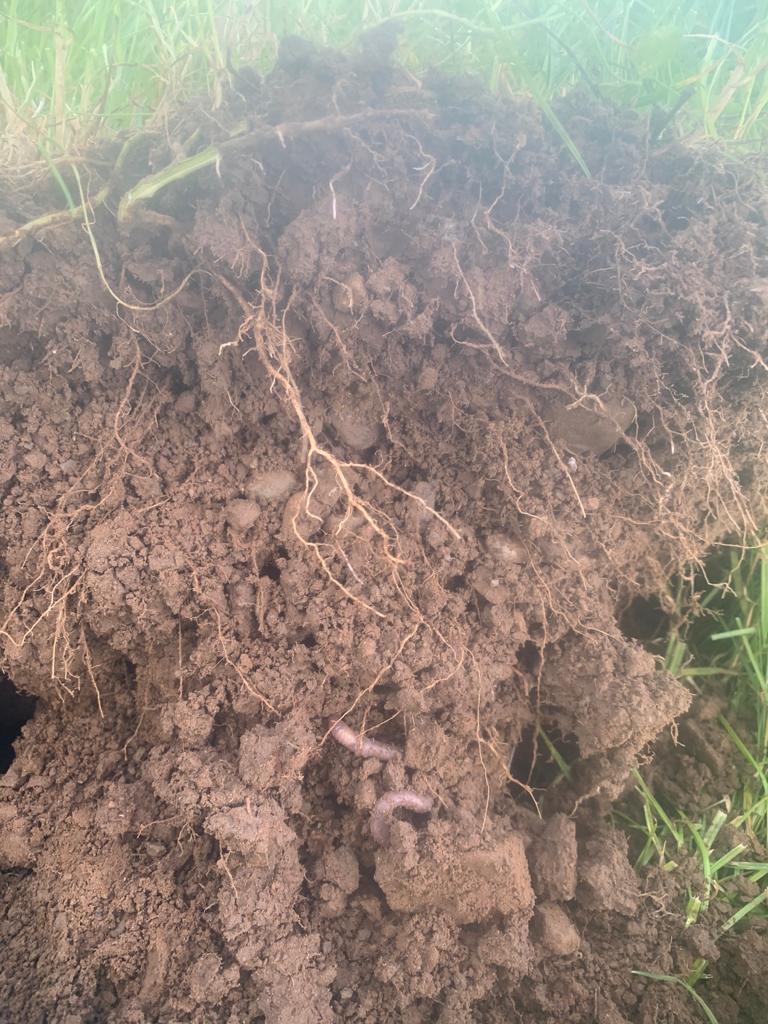

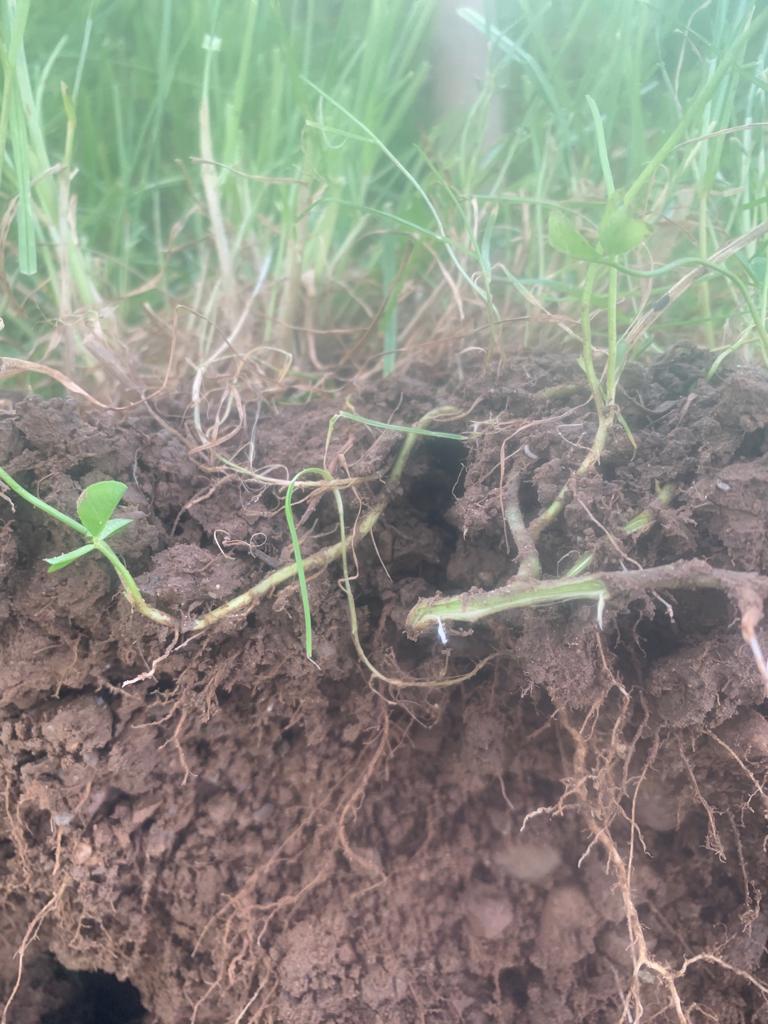
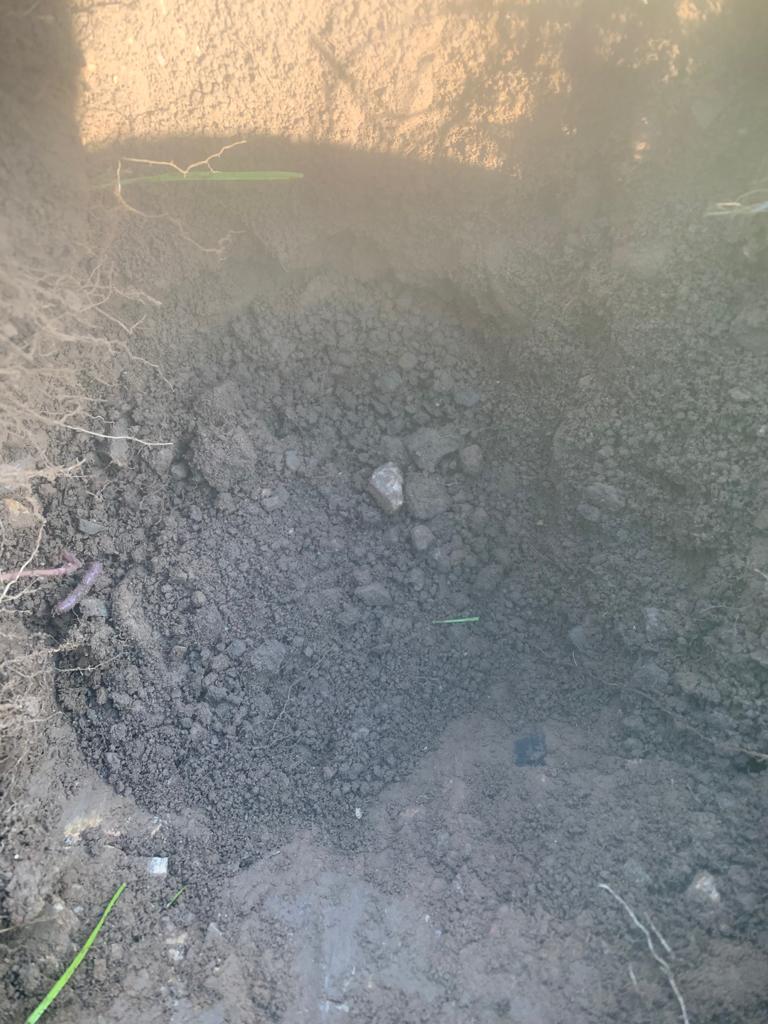
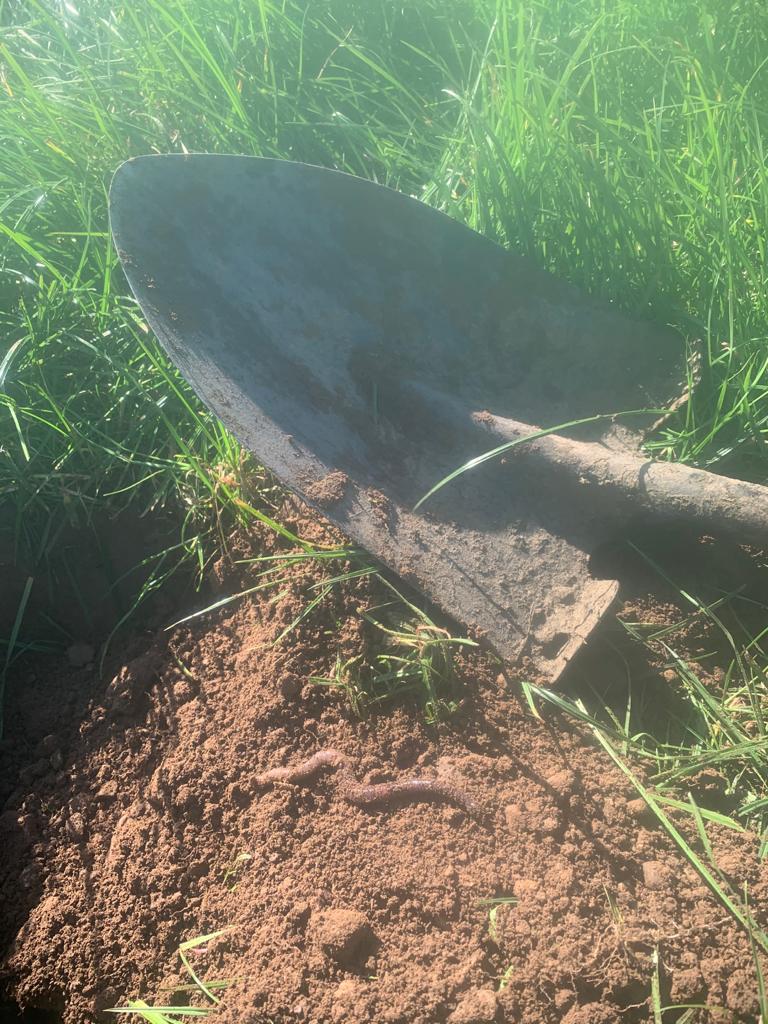
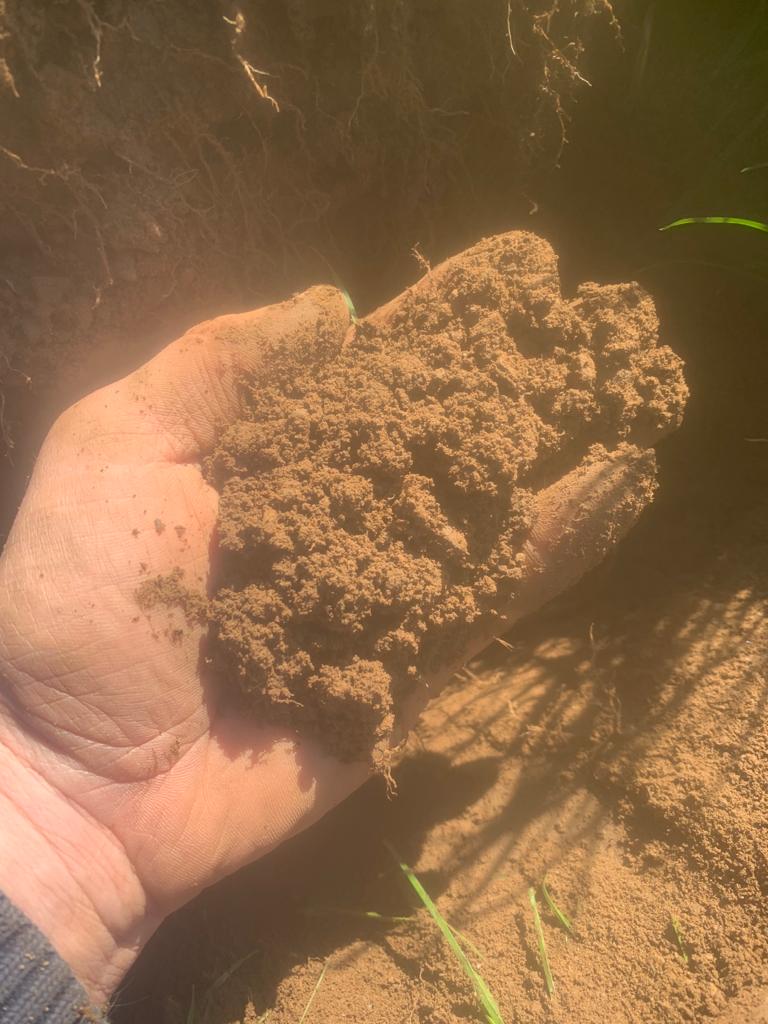
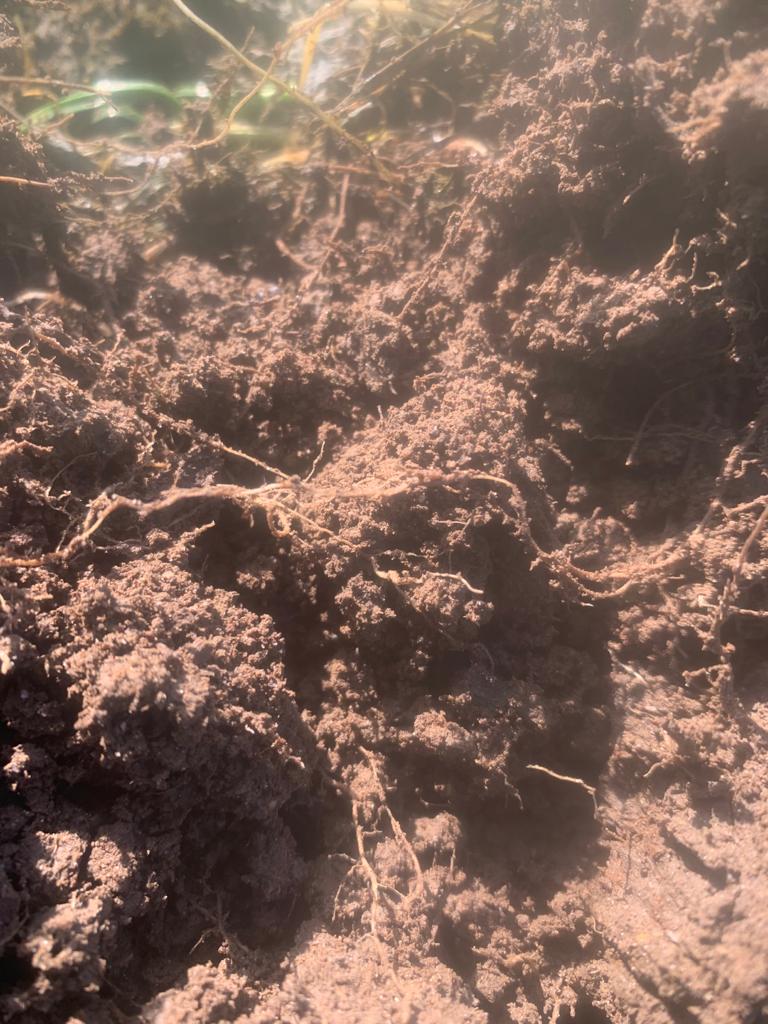
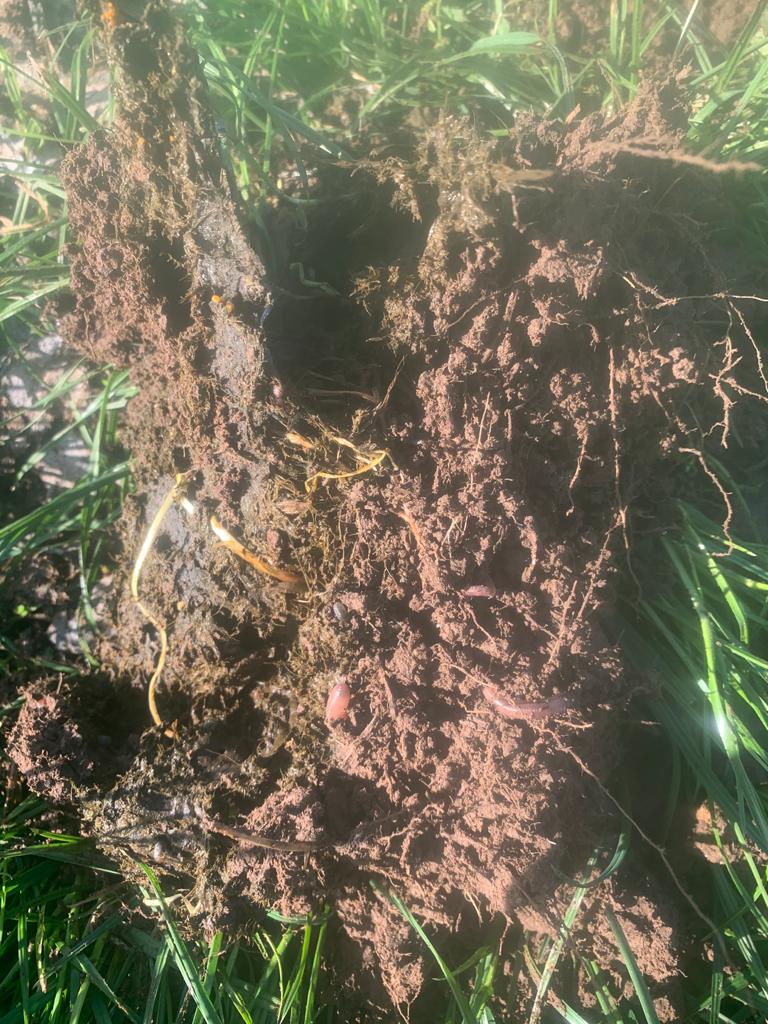
September 18th 2020:
Farm is really humming at the moment with this fine weather and grass is ticking along nicely. Cows are averaging 1.79 Kg MS/cow/day on 4 kg of dairy nuts and grazed grass. We put out our last load of foliar nitrogen on Monday and all that is left to go out now is one more load of the new biological test product we are assessing for FuturAg. With the fine weather soil is is dry enough to carry out some aeration after grazing and get some loads of dirty water out also. 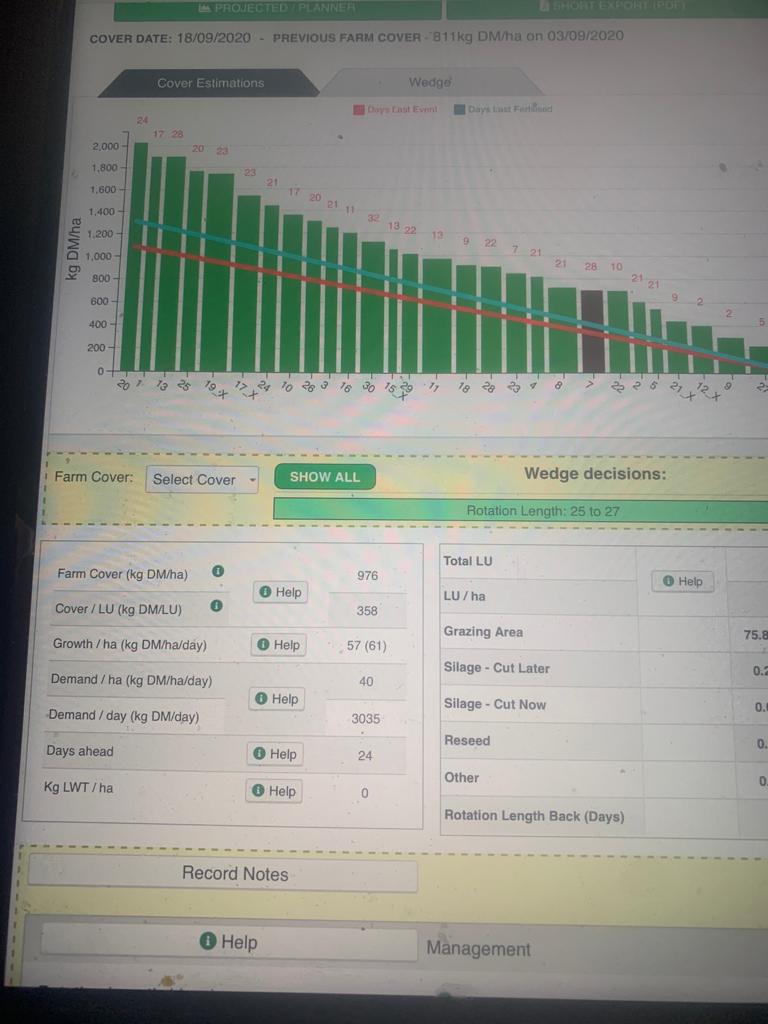
We are thrilled with growth rates to date and the way the farm has progressed with what we consider to be low rates of nitrogen. Next week we will be adding up the total amount of fertiliser used for the season and will give you full details on the next blog post.
We scanned last week and empty rate was 8% (up from 5% last year) which we were happy with as it was all A.I.
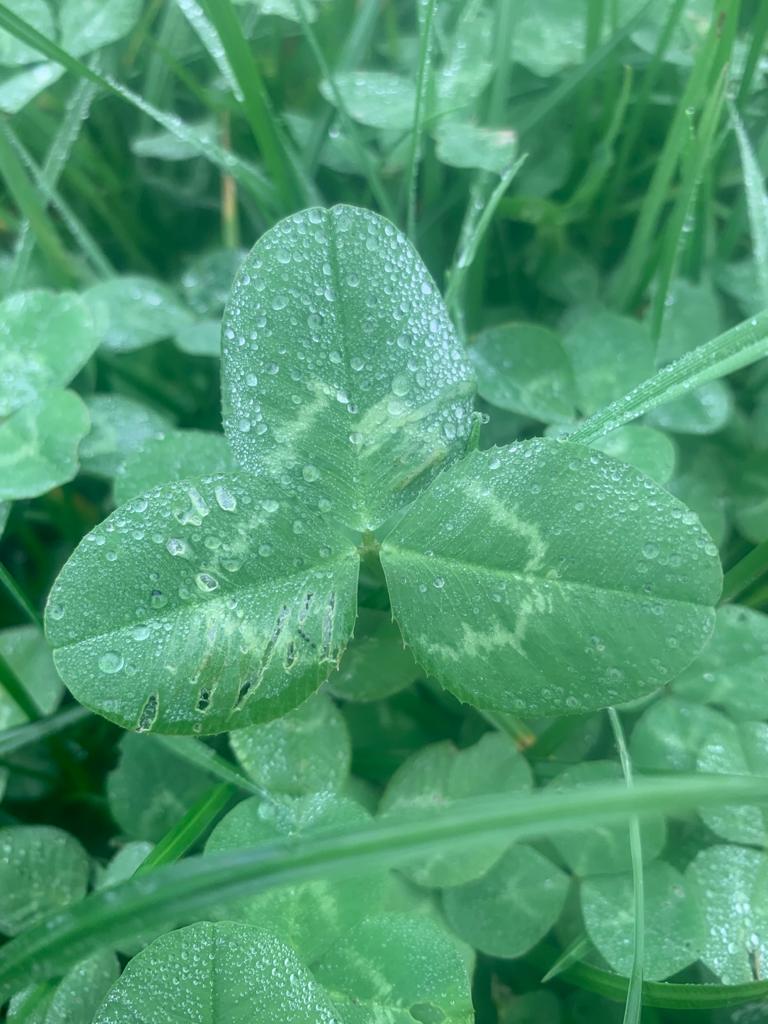
September 3rd 2020:
Cows are averaging 1.83 Kg MS/cow/day on 4 kg of dairy nuts and grazed grass only. We took 80 bales of silage off the milking platform the last Saturday in August and we are applying 10 units/acre of nitrogen with a carbon source currently.
Farm Cover (Kg DM/Ha): 811
Growth Rate (Kg DM/Ha): 55
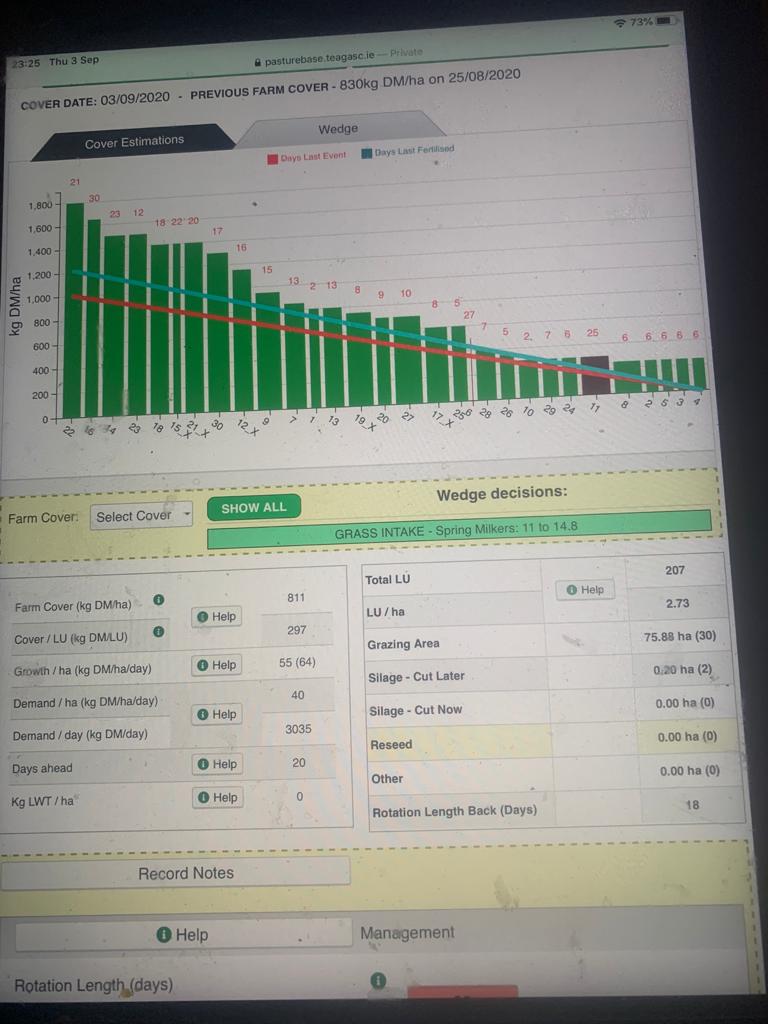
We are trialling a new biological product from FuturAg and have begun to apply it to all the grazing paddocks along with the last round of foliar nitrogen. This product is designed to supply nitrogen (similar to how clover works) to growing grass from the soil and air for the next 40 – 60 days. This is somewhat weather dependent and a relatively dry September and October will give the potential for greater success. It also contains other biological species to help with soil structure and release small amounts of other nutrients (such as P & K) locked up in the soil. It is designed to be applied every 60 days and if it works we hope it will allow us to further reduce our rates of nitrogen next year – I will keep you posted!!
